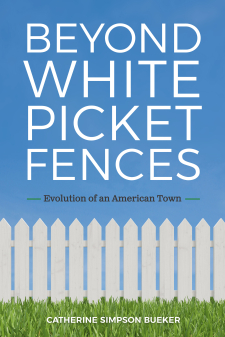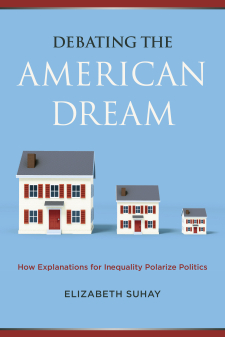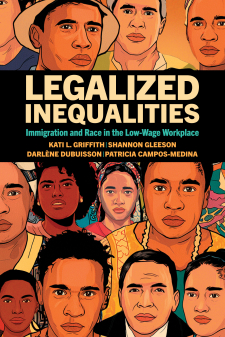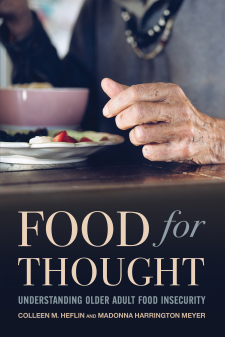The Roles of Individual, Family, School and Community Characteristics in the Post-secondary Choices of Hispanics
By 2050, Hispanics are projected to comprise 40% of the population under 18, and almost one third of the working-age population. However, although college enrollment rates have been rising, Hispanics are significantly less likely than their Black or white counterparts to enroll in or complete a four-year college. Unless these trends begin to change, a large portion of the working population in the U.S. will be poorly positioned to secure the highest paying or highest status jobs in the U.S. Rosa Cho and Deborah Rivas-Drake will examine the factors that explain the low postsecondary enrollment rates of Hispanic adolescents, taking into account their motivation and perception of costs and values, as well as the role of family, school and community factors.
Previous research has shown that 80% of Hispanics expected to complete some college, while many view education as a vehicle for upward mobility. Despite these expectations, recent studies found that 74% of 16-25 year old Hispanics had curtailed plans for education in order to help their families. College enrollment may be seen as a double liability, in that it requires financial investment and prevents youth from fully contributing to the family’s finances. Cho and Rivas-Drake will analyze these competing expectations, values and perceptions of cost using a conceptual model drawing from Eccles’ expectancy-value theory (EV-T) of motivation, which suggests that youths’ expectations for success, as well as their perceptions of the values and costs of a given task in a particular context, will predict achievement-related outcomes.





